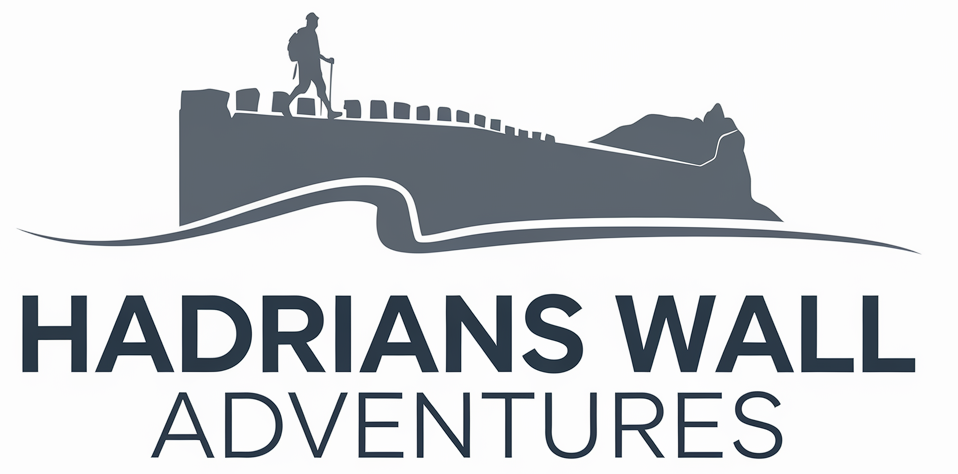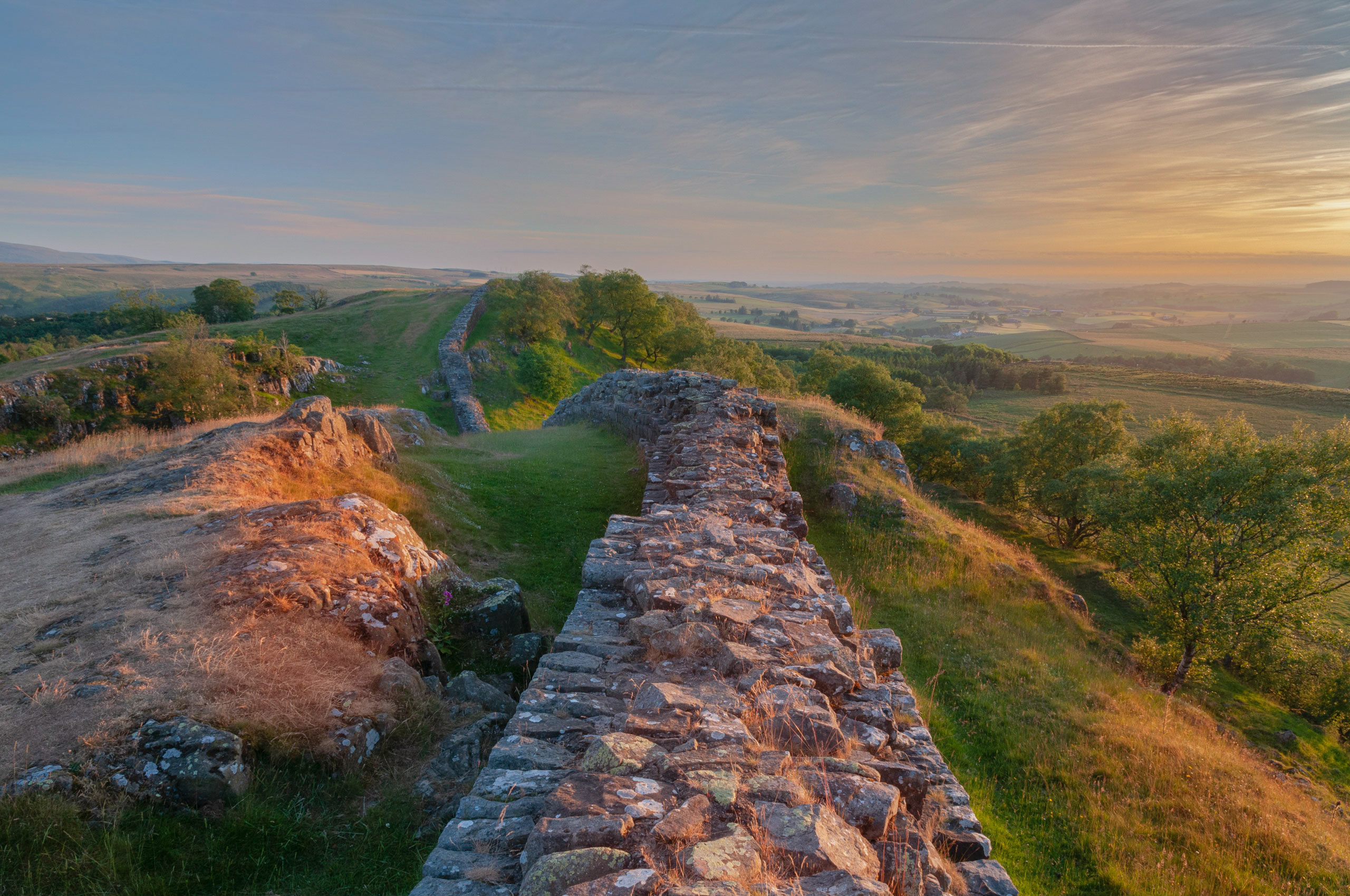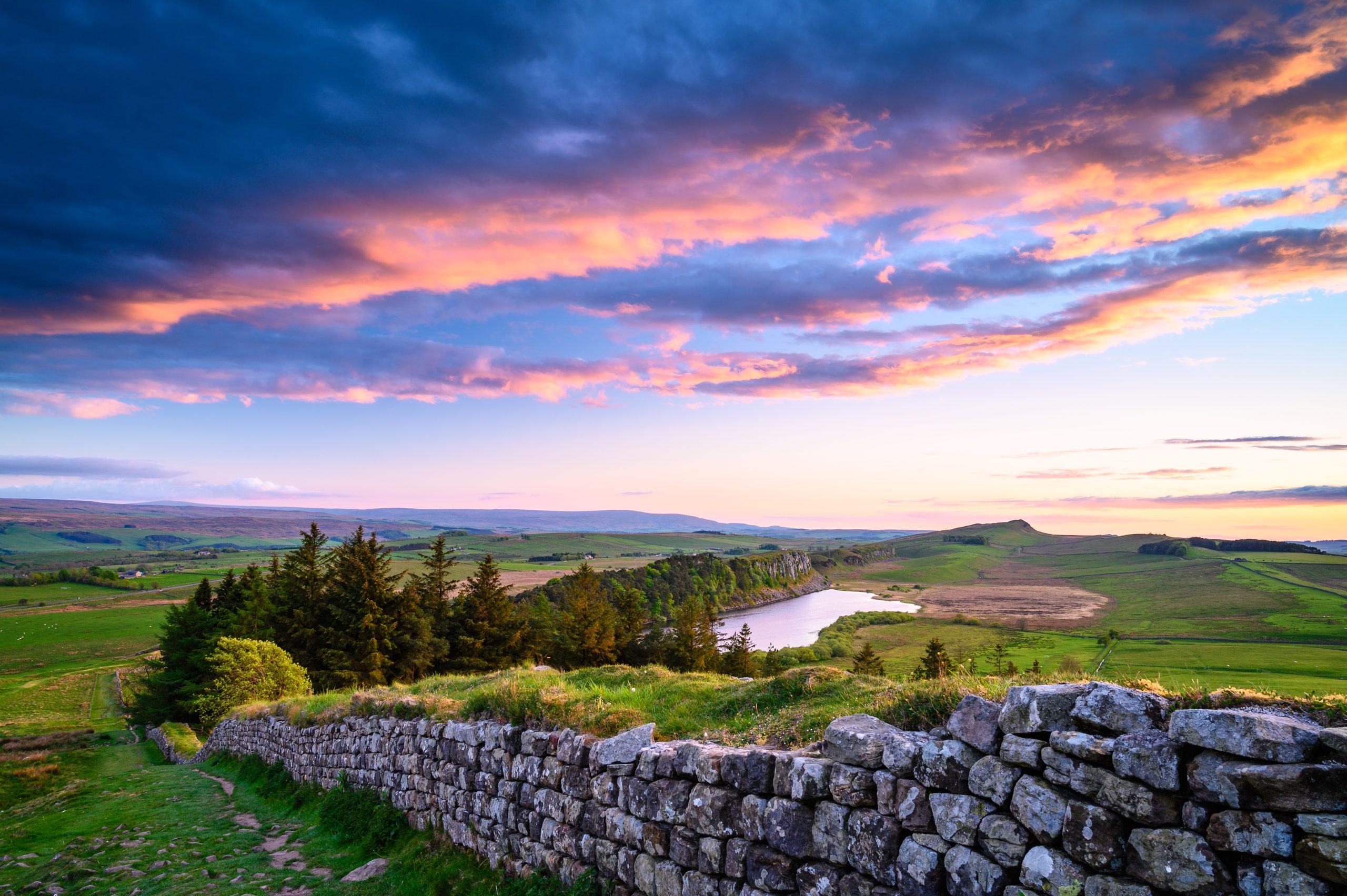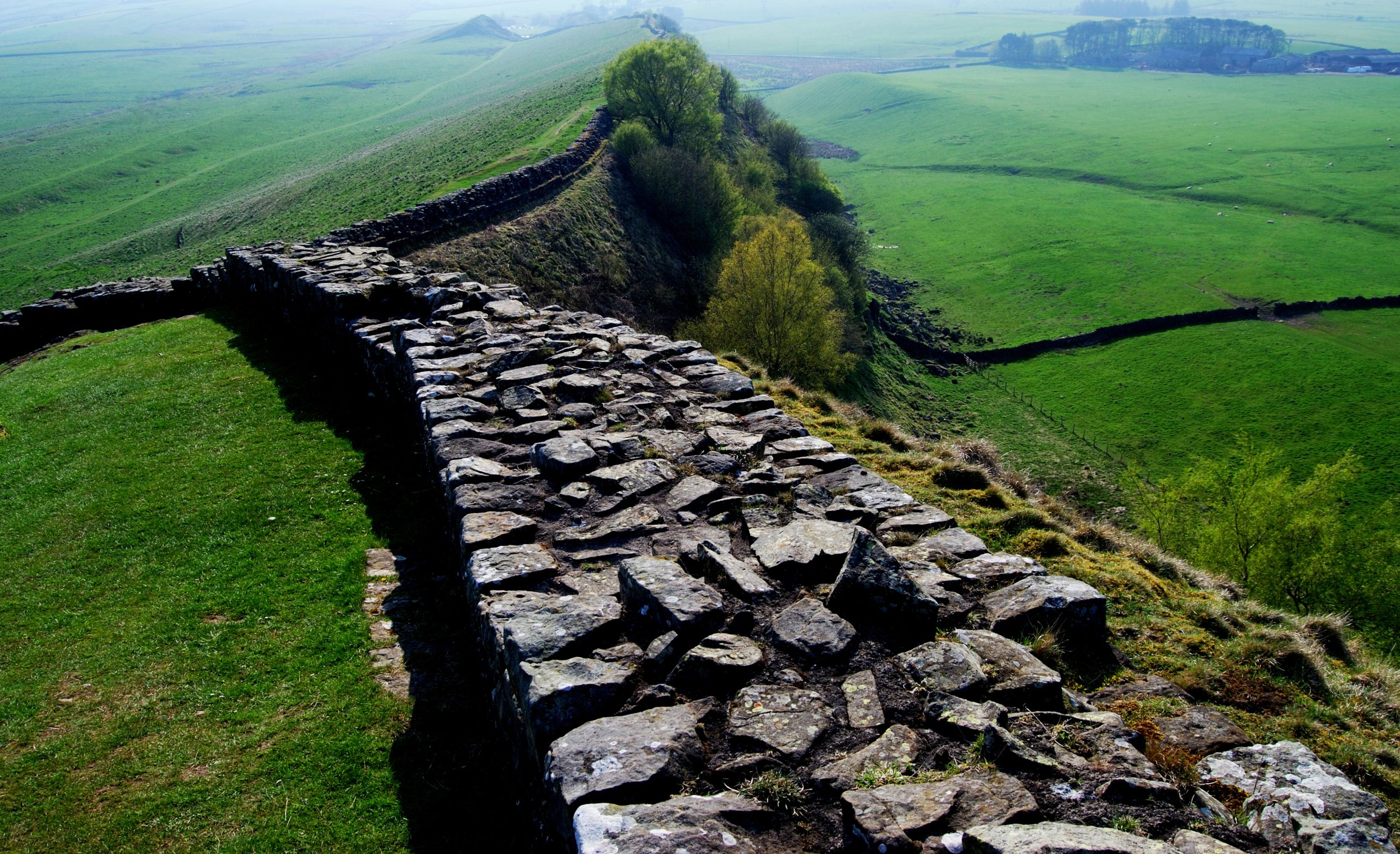Vindolanda lies slightly south of Hadrian’s Wall itself, but skipping it would mean missing one of Britain’s most important Roman archaeological sites. Active excavations continue here every summer, and new discoveries regularly make headlines. This is a living archaeological site where history literally emerges from the ground.
The History
Vindolanda predates Hadrian’s Wall by several decades. The Romans established a fort here around AD 85 as part of the Stanegate frontier, the earlier defensive line that ran across northern England before Hadrian ordered the wall’s construction.
The site’s waterlogged conditions created an anaerobic environment that preserved organic materials normally lost to decay. Leather, wood, textiles, and most famously, handwritten documents survived nearly 2,000 years underground. The Vindolanda writing tablets rank among Britain’s most important archaeological treasures.
These thin wooden sheets, about postcard-sized, were used for correspondence, accounts, and records. The ink writing remains legible, revealing intimate details of frontier life. One famous tablet is a birthday party invitation from Claudia Severa to Sulpicia Lepidina, the commanding officers’ wives. Another lists food supplies, mentioning Celtic beer and vintage wine.
The fort went through multiple rebuilding phases over three centuries. At least nine successive forts occupied this site, each built on the remains of its predecessor. This layering effect means archaeologists can trace architectural evolution and changing military requirements over time.
Why Visit Vindolanda
Vindolanda offers something no other Roman site along the wall can match—you can watch archaeology happening. During summer excavation seasons, you can observe archaeologists carefully uncovering new finds, recording their work, and piecing together ancient lives from fragments of pottery, metal, and bone.
The excavated areas reveal remarkably complete buildings including barracks, commanding officers’ houses, bathhouses, and workshops. The stone foundations show clear room layouts, and interpretation boards help you understand each building’s purpose.
The reconstructions set Vindolanda apart from other Roman sites. Full-scale replicas of timber buildings show construction techniques and give you a sense of what the fort looked like during its wooden-building phases. A reconstructed stone turret demonstrates the wall’s defensive installations in three dimensions.
The museum is exceptional. The writing tablets get pride of place, displayed with translations and explanations of their significance. You’ll also see:
- Leather shoes in various sizes, including tiny children’s footwear
- Textile fragments showing weaving patterns and clothing styles
- Military equipment from swords to armour pieces
- Personal items like combs, jewelry, and gaming pieces
- Religious altars dedicated to various Roman and local deities
The replica Roman temple provides context for understanding religious life on the frontier. Roman soldiers worshipped numerous gods, and religious tolerance was standard practice—as long as you also acknowledged the emperor’s divine status.
The civilian settlement outside the fort walls is extensive and well-preserved. You can trace streets, shops, and workshops. Evidence shows metalworking, leather crafting, and various trades that supported the military community.
Time Required
Vindolanda demands at least three to four hours for a thorough visit. The site is extensive, and the museum alone deserves an hour or more. Many visitors spend half a day here, and if excavations are active, watching archaeologists work adds extra interest.
Consider timing your visit to include lunch at the Roman Army Museum café (nearby) or bring a picnic to enjoy in the designated areas. The site has benches with views across the valley, and eating lunch here whilst contemplating nearly 2,000 years of history creates a memorable experience.
If you’re particularly interested in Roman archaeology or military history, you could easily spend an entire day between Vindolanda and the nearby Roman Army Museum at Carvoran, which provides broader context about the Roman military machine.
Location on the Trail
Vindolanda sits about 1.5 miles south of the main Hadrian’s Wall Path. You reach it by taking a well-marked detour near Once Brewed. The path down to Vindolanda is clear and takes roughly 25-30 minutes walking from where you leave the main trail.
Many walkers build their itinerary to include a rest day or shorter walking day at Once Brewed specifically to visit Vindolanda properly. Trying to include Vindolanda during a full walking day adds 3 miles to your route plus several hours of site exploration, which can be exhausting.
If you’re walking west to east, you might visit Vindolanda on your rest day at Once Brewed, then continue east toward Housesteads the following day. Walking east to west, you could stop at Once Brewed after visiting Housesteads, rest overnight, visit Vindolanda the next morning, then continue west toward Birdoswald.
The path to Vindolanda from the main trail is pleasant walking through farmland, following a quiet road for the final section. Signage is clear, and the route is straightforward. On your return, the climb back up to rejoin the Hadrian’s Wall Path involves a steady ascent, so pace yourself.
Practical Tips for Walkers
Vindolanda charges separate admission from English Heritage sites, though combined tickets with the Roman Army Museum offer better value if you plan to visit both. The site opens daily from April through September, with reduced hours outside peak season. Check winter opening times before planning your visit.
Facilities include a café serving hot meals, snacks, and drinks, which is very welcome after walking down from the trail. Clean toilet facilities and a gift shop stocked with books about Roman Britain complete the visitor amenities.
The terrain at Vindolanda involves uneven ground and some slopes, so good footwear is essential. Parts of the site can be muddy after rain, particularly around ongoing excavation areas. The main paths are well-maintained, but you’ll be walking on grass and gravel throughout your visit.
If you’re carrying your full walking pack, you can store it at the visitor centre while exploring the site. This is highly recommended—wandering Roman ruins with a 12kg rucksack on your back is nobody’s idea of fun.
During summer excavation periods (usually June through August), volunteer archaeologists work on site. They’re generally happy to chat about their work and explain what they’re uncovering. These conversations often provide insights that interpretation boards cannot, bringing the archaeological process to life.
Photography is permitted and actively encouraged at Vindolanda. The reconstructed buildings provide excellent photo opportunities, and the museum allows photography of most displays (though check regarding the writing tablets, as these are extremely light-sensitive).
The shop sells excellent books about Vindolanda, the writing tablets, and Roman frontier life. If you’re interested in deeper knowledge, these publications are written by archaeologists working on the site and offer authoritative information.
Consider the weather when planning your Vindolanda visit. The site is exposed, and whilst the museum provides shelter, exploring the outdoor remains in heavy rain is unpleasant. The reconstructed buildings offer some weather protection, but waterproofs are essential if conditions look uncertain.





